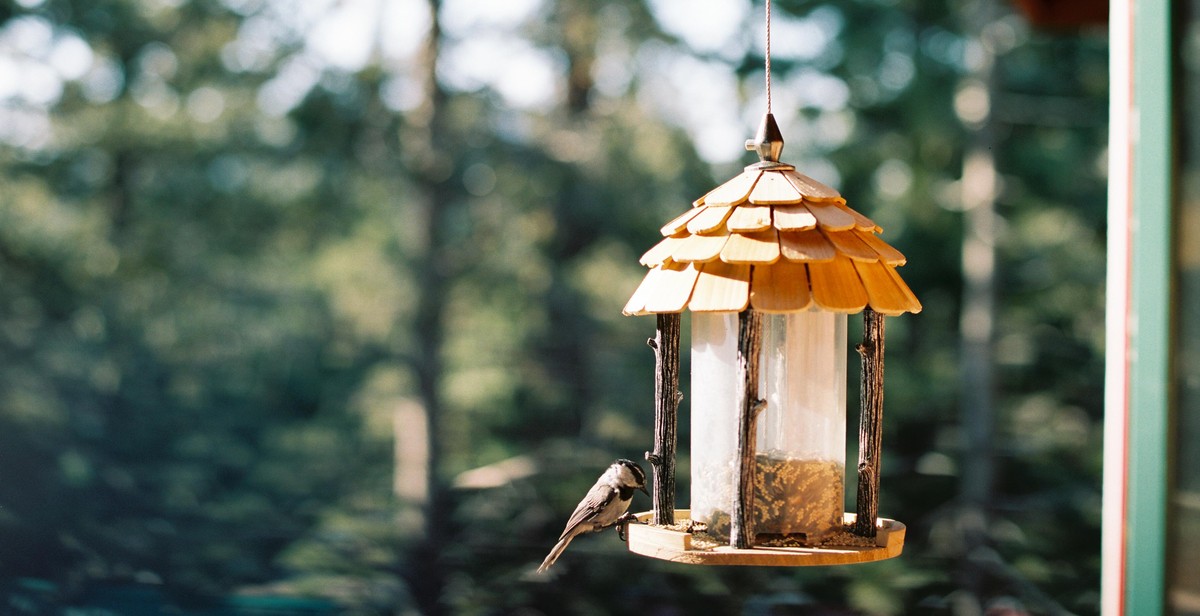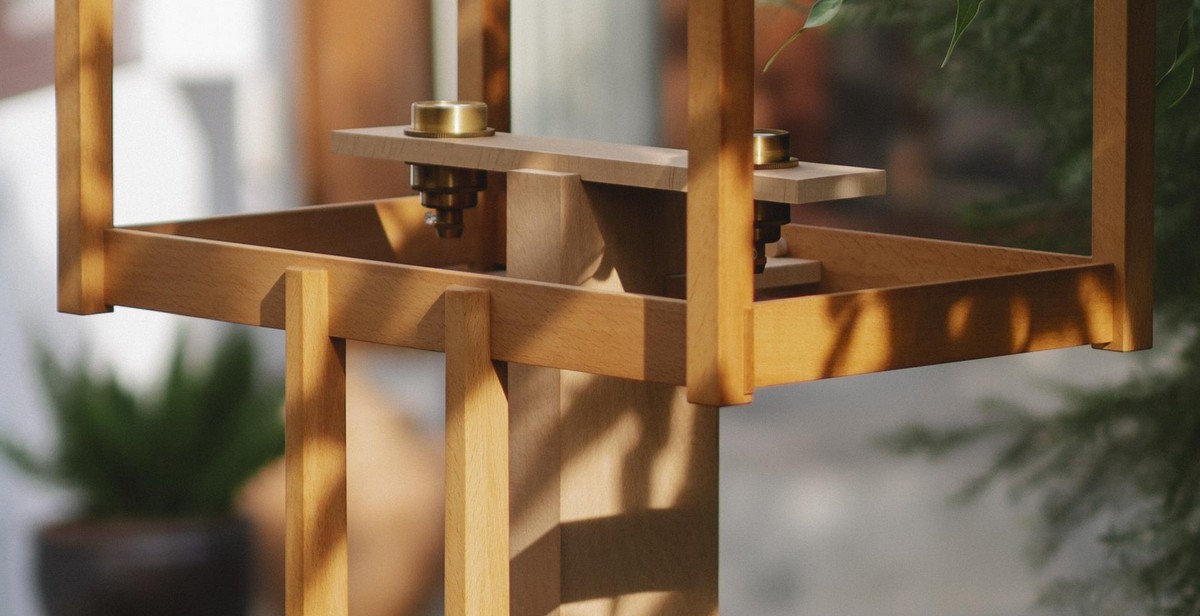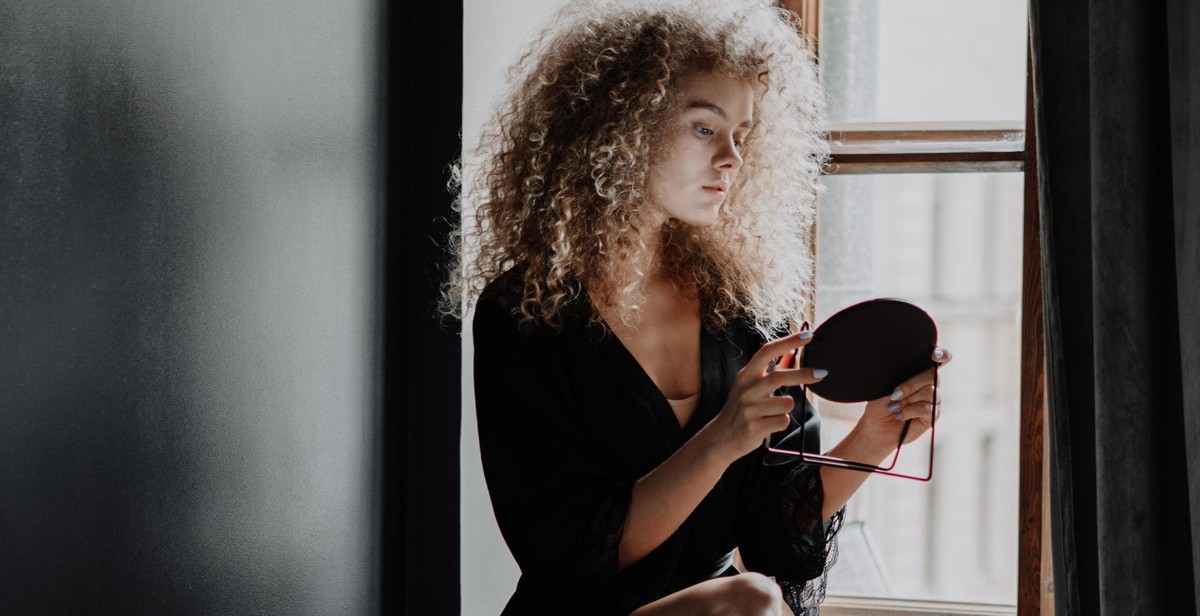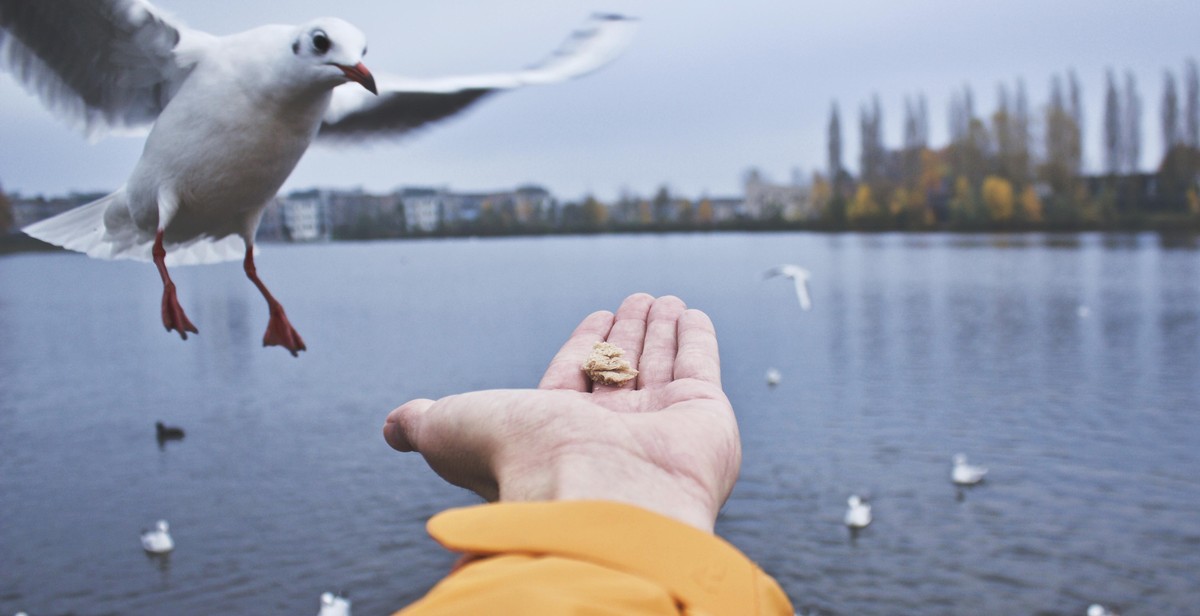How to Attract Birds to Your Apartment Windowsill: Providing Food and Water Stations
Attracting birds to your apartment windowsill is a great way to connect with nature, improve your mental health, and add some life to your living space. Providing food and water stations is a simple and effective way to attract birds to your home.
Why Attracting Birds to Your Apartment Windowsill is Important
Birds are not only beautiful creatures but also important for our environment. They help with pollination, seed dispersal, and insect control. Attracting birds to your apartment windowsill provides you with the opportunity to observe and learn about different bird species and their behaviors.
Benefits of Attracting Birds to Your Home
There are several benefits to attracting birds to your home. Firstly, birds can help to reduce stress and anxiety levels. Watching birds can have a calming effect on the mind and can help to improve your mental health. Secondly, birds are an important part of our ecosystem and attracting them to your home can help to create a more sustainable environment. Lastly, providing food and water stations for birds can be a fun and educational activity for children and adults alike.
In the following sections, we will discuss some tips on how to attract birds to your apartment windowsill by providing food and water stations.

Choosing the Right Food for Birds
Providing food for birds is a great way to attract them to your apartment windowsill. However, not all bird foods are created equal. Here are some tips for choosing the right food for birds:
Types of Bird Food
There are several types of bird food available in the market. These include:
- Seed mixes – These are the most popular type of bird food and are available in various combinations of seeds and grains.
- Suet – Suet is a high-energy food that is made from animal fat and is often mixed with seeds, nuts, or fruits.
- Mealworms – Mealworms are a great source of protein and are a favorite of many bird species.
How to Choose the Right Bird Food
The right bird food depends on the type of birds you want to attract. Different bird species have different preferences when it comes to food. For example, finches prefer small seeds, while woodpeckers prefer suet.
It’s important to research the birds in your area and their food preferences before choosing bird food. You can also experiment with different types of bird food to see which ones are most popular with the birds in your area.
Where to Buy Bird Food
You can buy bird food at pet stores, garden centers, or online. It’s important to choose a reputable brand that uses high-quality ingredients. You can also make your own bird food by mixing different types of seeds, nuts, and fruits.
How Much Food to Provide
The amount of food you provide depends on the number of birds you want to attract and the size of the feeder. A good rule of thumb is to fill the feeder once a day and adjust the amount of food based on how quickly the birds consume it.
How Often to Refill the Feeder
It’s important to keep the feeder clean and refill it regularly to prevent the growth of bacteria and mold. You should clean the feeder at least once a week and refill it as needed.
| Type of Bird Food | Preferred Birds |
|---|---|
| Seed mixes | Finches, sparrows, chickadees, and other small birds |
| Suet | Woodpeckers, nuthatches, and other insect-eating birds |
| Mealworms | Bluebirds, robins, and other insect-eating birds |

Setting Up a Feeder
One of the most important aspects of attracting birds to your apartment windowsill is providing a feeder. Here are some tips for setting up a feeder:
Choosing the Right Feeder
There are many types of feeders available, including tube feeders, hopper feeders, suet feeders, and more. When choosing a feeder, consider the types of birds you want to attract and their feeding habits. For example, if you want to attract hummingbirds, you’ll need a specific type of feeder that dispenses nectar.
Where to Place the Feeder
Place your feeder in a location that is easily visible from your window, but also away from any potential hazards. Avoid placing the feeder near any windows or reflective surfaces that could cause birds to fly into them. Also, consider the height of the feeder to ensure it is easily accessible for birds but not too low to the ground where it could be easily accessed by squirrels or other animals.
How to Clean the Feeder
Regular cleaning of your feeder is essential to keep it safe and healthy for the birds. Use a solution of one part bleach to nine parts water to thoroughly clean the feeder every few weeks. Rinse the feeder thoroughly and allow it to dry completely before refilling it with birdseed.
How to Prevent Squirrels and Other Animals from Stealing the Food
Squirrels and other animals can be a nuisance when it comes to bird feeders. To prevent them from stealing the food, consider using a squirrel-proof feeder or adding a squirrel baffle to your existing feeder. You can also try using spicy birdseed or adding a tray underneath the feeder to catch any spilled food.
| Tip: | Consider adding a water station near your feeder to provide birds with a source of fresh drinking water. |
|---|

Providing Water for Birds
Water is essential for birds to survive. They need it for drinking, bathing, and keeping their feathers clean. Providing a water source for birds is just as important as providing food, especially during hot and dry weather conditions.
Why Birds Need Water
Water is crucial for birds to maintain their body temperature, digestion, and overall health. It also helps them keep their feathers clean and well-maintained, which is essential for flying and insulation.
Types of Bird Baths and Water Stations
There are various types of water stations and bird baths available in the market. Some of the popular ones are:
- Traditional bird baths – These are shallow and made of concrete, plastic, or metal. They come in various sizes and designs.
- Mister or Dripper – This is a device that drips water into a shallow dish or bird bath. It simulates rain and attracts birds.
- Bird waterers – These are containers with a small basin and a spout that releases water into it. They are easy to clean and refill.
- Bird fountains – These are more elaborate and have a pump that circulates the water. They add a decorative element to your garden or balcony.
Where to Place the Water Station
The location of the water station is crucial, as it can attract or deter birds. Here are some tips:
- Place the water station in a shaded area, away from direct sunlight, to keep the water cool and fresh.
- Ensure that the water station is visible from a distance and not obstructed by plants or other objects.
- Place the water station in an open area, away from bushes or shrubs, to prevent predators from hiding and attacking birds.
How to Clean the Water Station
It is essential to keep the water station clean to prevent the spread of diseases and bacteria. Here are some cleaning tips:
- Change the water daily or every other day, depending on the weather conditions.
- Scrub the basin or dish with a brush to remove any debris or algae.
- Rinse the water station thoroughly with clean water.
How to Prevent Mosquitoes and Other Pests from Breeding in the Water
Stagnant water can attract mosquitoes and other pests that can breed in the water. Here are some tips to prevent this:
- Change the water frequently to prevent stagnant water.
- Add a water agitator or fountain to keep the water moving.
- Use mosquito dunks or tablets that kill mosquito larvae but are safe for birds.
| Tip: | Place a few small rocks or marbles in the water to provide a landing spot for birds and prevent them from drowning. |
|---|

Conclusion
Attracting birds to your apartment windowsill can be a rewarding and enjoyable experience. By providing them with food and water stations, you can create a welcoming environment for birds to visit and even make their home.
When choosing a location for your bird stations, consider the safety of the birds and the cleanliness of the area. Keep the area free from debris and predators, and ensure that the stations are easy to access for the birds.
Offering a variety of food options, such as seeds, suet, and fruit, will attract a diverse range of bird species to your windowsill. Remember to clean and refill the stations regularly to keep the birds healthy and happy.
By following these tips and being patient, you can create a thriving bird habitat on your windowsill and enjoy the beauty and serenity of these feathered friends.
Additional Resources
- How to Attract Birds to Your Yard
- Top 10 Tips for Attracting Birds with Water
- 20 Ways to Attract Birds to Your Garden
| Key Takeaways |
|---|
| • Providing food and water stations can attract birds to your apartment windowsill |
| • Choose a safe and clean location for your bird stations |
| • Offer a variety of food options to attract a diverse range of bird species |
| • Clean and refill the stations regularly to keep the birds healthy and happy |
